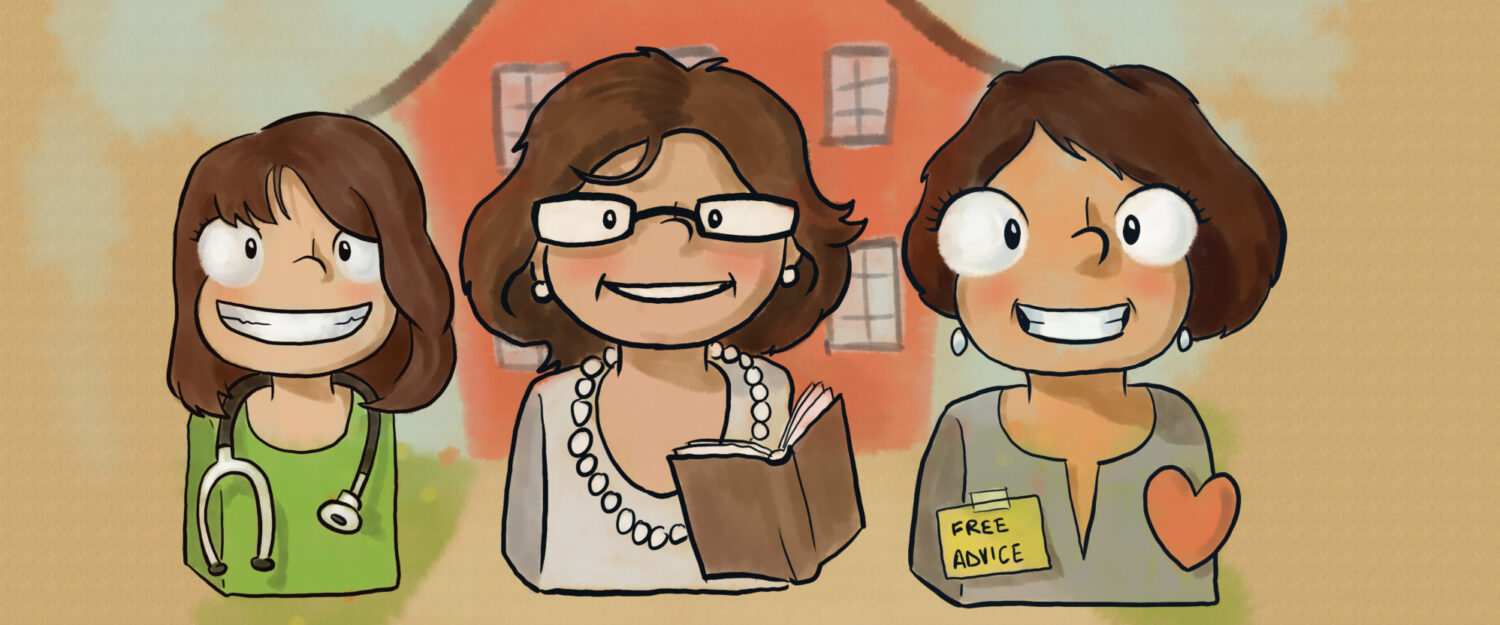“If you want to be happy and you know it, clap your hands!” Clap. Clap.
“If you want to be happy and you know it, clap your hands!” Clap. Clap.
“If you want to be happy and you know it then make sure your face will show it,
If you want to be happy and you know it, clap your hands!”
IF YOU WANT TO BE HAPPY, START WITH A SMILE
Okay, this is a challenging concept to digest and an even more challenging concept to PRACTICE when a person is not happy. After all, if someone is sad, the last thing he or she wants to do is smile and “act” happy. Yet, research has shown over and over again that when a sad person forces a smile on her face, it will, in fact, help her feel better.
How? First, a person’s brain registers the smile and releases endorphins and serotonin, both which elevate mood. Secondly, there’s the effect a person’s smile has on her interaction with others. Instead of someone approaching her with a frown and asking “What’s wrong?” and thereby perpetuating the negative emotion, others will likely respond to her smile with more favorable, positive comments. So, with this in mind, I have told students of all ages who want to feel happier to force a smile. “If you want to be happy and you know it then make sure your face will show it…”
IF YOU WANT TO BE HAPPY, DO SOMETHING
So, let’s consider the other modified line to this classic children’s song, “If you want to be happy and you know it, clap your hands!” This is slightly different than the line about making sure your face shows it. How so? This directive in the song is not so much telling a person how to look, it is telling them how to act. Changing what we do can have a direct positive impact on how we feel.
When counseling students, we often ask them, “Do you want to feel better? If so, DO something differently. Stop doing behaviors that perpetuate feeling badly.” Stop listening to sad music. Stop talking with others about how bad things are. Stop overeating. Start doing behaviors that encourage feeling better. Get up. Get moving. Help someone else. Count the blessings you DO have. The list of possible mood-lifting actions is a long one.
SAD IS NOT ALWAYS BAD
Now, having said all of this, I realize that sometimes feeling SAD is exactly the right feeling for a particular moment. I am not saying no one should ever feel sad. That’s absurd. But, what I am saying is that if a student seeks out support because he or she wants to feel happier, two steps you can encourage the student to take are: 1) smiling, and 2) doing something that will get his or her mind off feeling badly. So, get them clapping! Clap. Clap.
If you are interested in a student handout and overview of this lesson, you can download it at Teachers Pay Teachers by clicking this link: If You Want To Be Happy & You Know It.
*If you suspect a student may be clinically depressed, it is important to inform parents and share information regarding additional resources to assist them in providing their child with appropriate supports and services.
